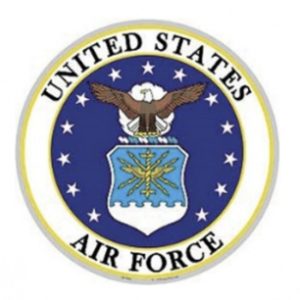
“The Days Forward” has been a great way to understand what my Army classmates experienced in their military journey. I went into the Air Force and saw only one classmate, who also went into the Air Force, during my military journey. I did not have the opportunity to re-connect directly with my classmates until I moved to Maryland in 1978. The Days Forward was a welcome journal of my classmates’ experiences once it was opened. It has also provided a vehicle for me to share with my classmates’ snippets of my Air Force Journey. We have a great class, and The Days Forward is an excellent vehicle to chronicle our accomplishments and experiences for classmates and our loved ones now and into the future.





